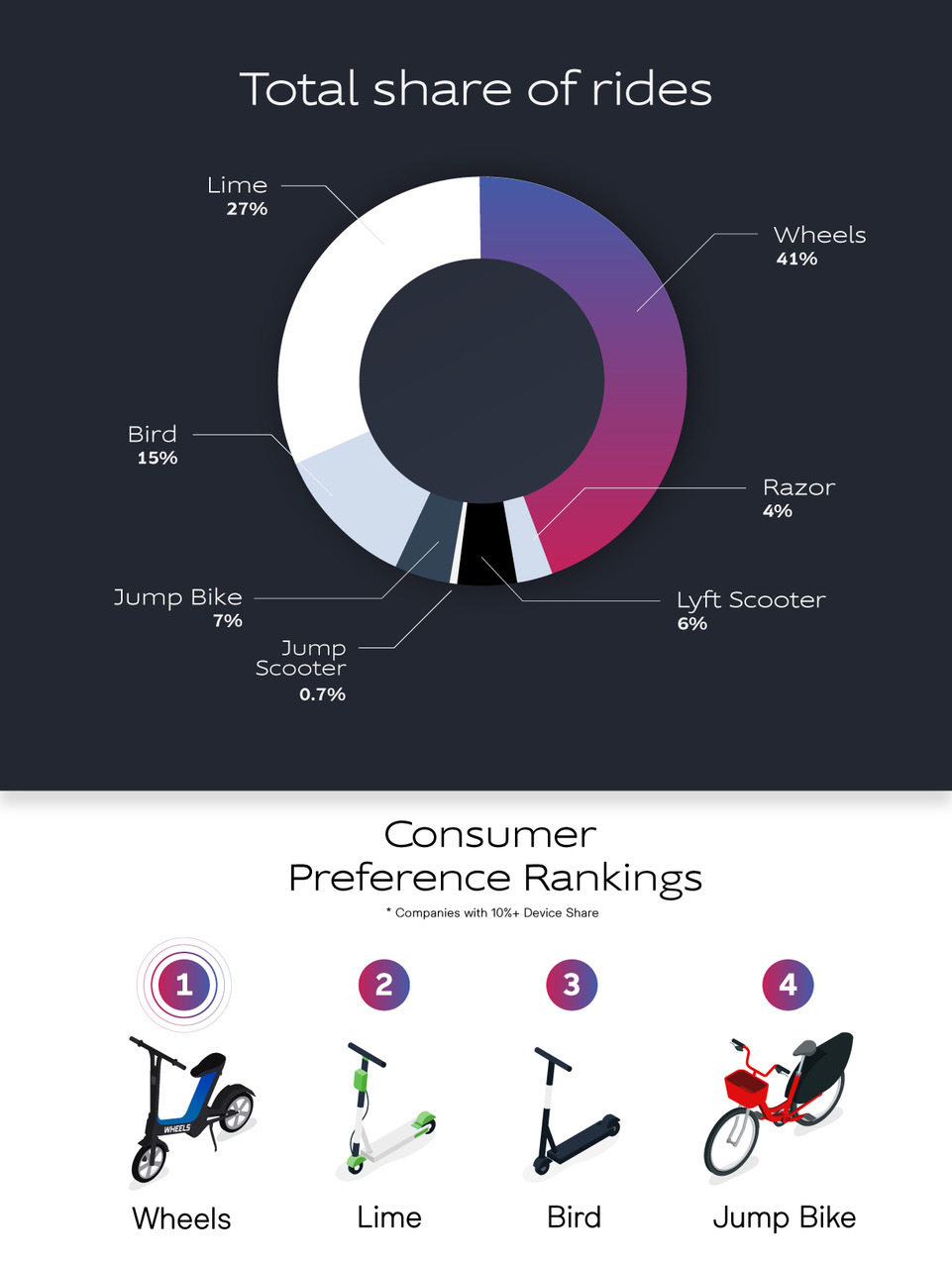Before you hop on your e-bike and hit the streets, it's crucial to comprehend the legislations and laws that govern your city. From rate limitations to designated riding locations, there's a great deal to consider to guarantee you're compliant and risk-free. By https://sites.google.com/view/zugobike/ with the policies certain to e-bikes, you'll be better geared up to appreciate your adventures without any unexpected legal issues. Stay tuned to uncover crucial insights that will certainly aid you browse the e-bike landscape in your city seamlessly.
Comprehending E-Bike Category
When it comes to navigating the realm of e-bike regulations and regulations, an important beginning factor is comprehending the category system that categorizes these electrical bikes. E-bikes are usually classified right into 3 main classifications: Class 1, Course 2, and Class 3.
Class 1 e-bikes are pedal-assist only, implying they offer assistance while the motorcyclist is pedaling and have a maximum speed of 20 miles per hour. These bikes are allowed areas where typical bikes are allowed.
Class 2 e-bikes are furnished with a throttle that can push the bike without pedaling. They also have a maximum speed of 20 miles per hour and are suitable for riders who might require support without pedaling constantly.
Class 3 e-bikes resemble Class 1 yet with a higher maximum speed of 28 miles per hour. These bikes are frequently limited from particular bike paths or routes as a result of their greater speeds.
Comprehending these classifications is essential for following neighborhood policies and ensuring a secure and satisfying e-biking experience.
Navigating Speed Limitations and Constraints
To effectively browse e-bike legislations and guidelines, it's essential to recognize the rate restrictions and limitations that put on different classes of electrical bicycles.
Speed restrictions for e-bikes differ depending on the classification of the bike. Course 1 e-bikes, which are pedal-assist just and have a maximum speed of 20 miles per hour, are usually enabled on bike lanes and paths.
Class 2 e-bikes, which have a throttle along with pedal-assist and also get to rates of up to 20 mph, might be restricted in certain locations where motorized vehicles aren't permitted.
Class 3 e-bikes, with pedal-assist up to 28 miles per hour, are generally required to comply with the very same rules as standard bikes.
It is essential to stick to these speed limits and restrictions to guarantee your safety and security and the safety of others when driving. Prior to riding your e-bike, acquaint on your own with the certain laws in your city to stay clear of any type of possible fines or lawful issues.
Where to Trip Your E-Bike
To determine where you can ride your e-bike, it's vital to be aware of the regulations and standards specific to your location. In most locations, e-bikes are commonly allowed on roads and streets where traditional bikes are permitted. This may consist of bike lanes, bike courses, and shared roadways. However, it's vital to inspect local laws as some cities may have particular limitations on where e-bikes can be ridden.
When riding your e-bike, constantly focus on safety by complying with website traffic policies and appreciating pedestrian sidewalks. In addition, bear in mind any marked bike lanes or paths in your area and utilize them whenever possible to guarantee a smoother and much safer trip.
Some cities additionally have policies relating to e-bike usage on sidewalks, so make certain to acquaint on your own with these rules to stay clear of any type of penalties or fines.
Final thought
Since you recognize with the legislations and laws bordering e-bikes in your city, you can with confidence hit the trail knowing where you can ride and what constraints put on your e-bike classification. Bear in mind to constantly focus on safety and security and follow the regulations to guarantee a smooth and lawful trip. Delighted riding!
